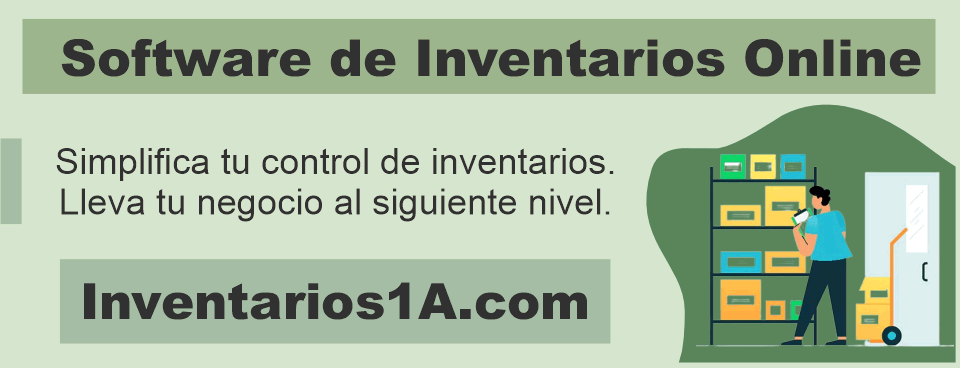Scalable Vector Graphics (SVG) 2.0

Scalable Vector Graphics (SVG) 2.0 is the latest version of the SVG specification, currently under development by the World Wide Web Consortium (W3C). While it is not yet finalized or widely implemented, SVG 2.0 aims to bring several improvements and new features compared to previous versions. Here are some key highlights of SVG 2.0:
- Enhanced CSS Integration: SVG 2.0 seeks to improve integration with CSS3 (Cascading Style Sheets) to enable more advanced styling and animations. Efforts are being made to align CSS properties and syntax with SVG, making it easier to manipulate and control vector graphics using CSS styles.
- Improved Interactivity and Events: SVG 2.0 expands support for interactive events and user manipulation. It introduces new events and enhances support for touch and gesture events, allowing for greater interactivity in SVG-based applications.
- Advanced Animations and Transitions: SVG 2.0 aims to improve animation and transition capabilities compared to previous versions. New features are being added, such as path animations and more advanced morphing animations, enabling greater expressiveness in SVG animations.
- Enhanced Filtering and Visual Effects: SVG 2.0 introduces a broader range of visual effects and filtering capabilities. This includes improved support for filters, shadows, blurs, and other visual effects, allowing for greater creativity in visual representation using SVG.
- Typography and Font Handling Improvements: SVG 2.0 aims to enhance typographic capabilities in SVG, including improved support for OpenType fonts, more precise text spacing control, and improvements in text manipulation and rendering.
- Geometry and Layout Enhancements: SVG 2.0 introduces improvements in geometry and layout capabilities, making it easier to handle complex vector graphics and create responsive designs. This includes better support for geometric calculations, flexible layout options, and improved alignment mechanisms.
- Accessibility Features: SVG 2.0 includes new features to improve accessibility for users with disabilities. It introduces accessibility roles, properties, and states, enabling better integration with assistive technologies and ensuring accessible SVG content.
- Modularization and Standardization: SVG 2.0 emphasizes modularity and standardization, aiming to provide a more coherent and consistent specification. It includes a more modular structure to allow for easier implementation and maintenance of SVG features.
While SVG 2.0 is not as widely implemented as previous versions, it is being developed to address the evolving needs of scalable vector graphics on the web. It aims to provide an enhanced set of features and capabilities, enabling richer and more interactive graphical experiences. As the specification matures and implementations become more widespread, SVG 2.0 has the potential to further advance the field of vector graphics on the web.






